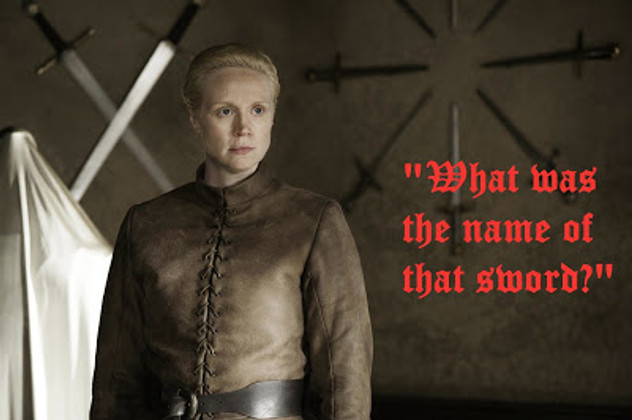Just How Many Names Can a Sword Be Called?
Posted by Sword N Armory on Aug 5th 2019
There are countless swords across the world. Ranging from the Asian lands, the European wonders, and the Egyptian and African worlds. They’re extremely versatile, and have been involved in more of the world’s battles than mostly any other weapons. Up until the Vietnam conflict, the US army was manning their forces with swords. Now, it’s far more common for them to be given large daggers.
Considering each sword was given a name when it was first created, even if it was created after something else, identifying each name is ridiculously difficult. So, we’ll discuss the most popular of names.
There are hundreds of different names for swords, ranging from their original given name to the names modern day people have given them. There are several forms of large, wide swords that aren’t all called a broadsword. In fact, there’s only one ‘broadsword’ and it’s from 16th century England. It was originally modeled after the longsword, which gained popularity from the Scottish claymore. So in fact, there are several different names for what some people consider the same sword.
The modernly known ‘short sword’, which’s named so after the remarkably short length. It’s tradition for a dagger to not be any longer than 14” inches. Which would put a short sword not much longer than that, starting usually at 16” inches. There are various kinds of short swords, including the 'wakizashi' from Japan, which’s a curved short sword intended for one handed use. The small sword that’s more a thrusting weapon based off of the rapier of the late renaissance era.
A basic sword contrary to the short sword is usually longer and heavier. It includes the aforementioned ‘rapier’, which was popular in France and which the fencing foils of today are modeled after. Another one was the ‘sabre’, which was used during the times of cavalry for its large hand guard and its double-edged blade. A 'zweihander' is a large two-handed sword from Germany, however, it’s not what most people would consider a broadsword due to its shortness.
Finally, a 'broadsword' category would consist of the 'longswords' made commonly in the English and Scottish lands. Heavy and large, they’d include the two-handed claymore from Scotland, the Viking sword found during the Viking ages, and the actual broadsword that was made and is still in production for replication originally from 16th century England.
So as you can see, naming all swords, there just isn’t enough time. However, to classify them, even egregiously so, into these categories makes it far easier to understand. These should help anyone identify swords into a more classifying position. And of course, there’s always more to know.










